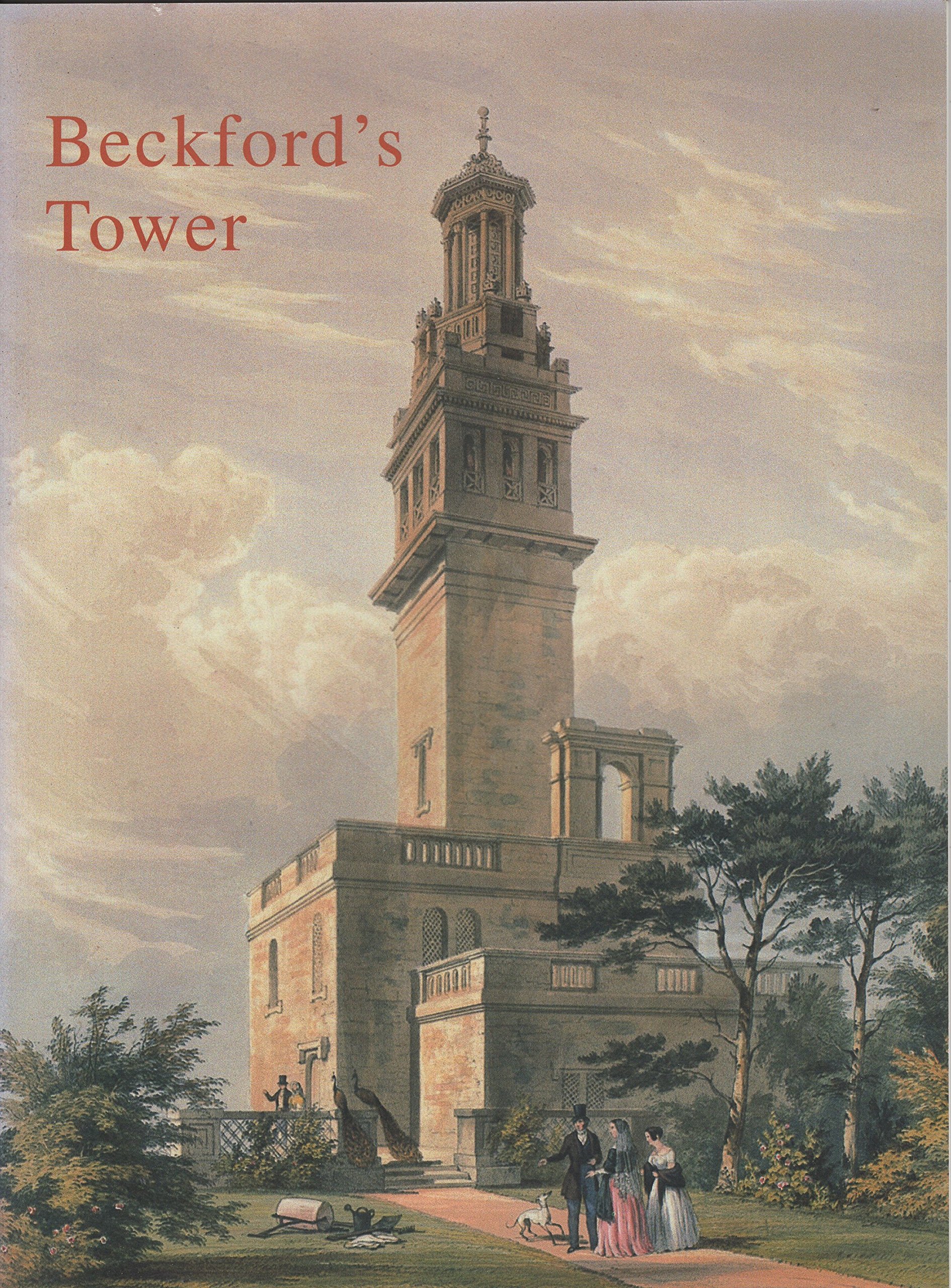The unfranked postcard below, sent from Clifton to Barrow Gurney in 1909, incurred 1d postage due, being double the ½d postcard rate. The "1d" in a circle postage due mark was previously known used from 1883 to 1907; this postcard extends the known usage.
Wednesday 29 December 2021
Sunday 26 December 2021
Chard 1975: Invalid Postage Stamps
The envelope below from Chard to Honiton was franked with 6½d of pre-decimalisation Wilding stamps rather than 6½p of post-decimalisation stamps. The Wilding stamps were not cancelled and the envelope incurred 13p postage due, being double the 6½p deficiency.
Wednesday 22 December 2021
Bristol to London 1982: Found Open or Damaged
The envelope below, dated February 1982 and addressed to "Mephisto 1127, The Sunday Times", was sealed with Post Office tape having been "Found open or damaged and officially secured". The contents, an entry for the Mephisto 1127 crossword, are still present.
Sunday 19 December 2021
Returned Letter to Bath, 1856
The returned letter below from London to Bath in March 1856 has 2d postage due to pay. It was returned because the addressee refused the letter, presumably because it was not franked or had postage due.
Wednesday 15 December 2021
Bourton to Clifton in 1852 with ornate "No.2" handstamp
Bourton, 4 miles ENE of Wincanton had been in the Wincanton Penny Post from 1838 using an ornate "No.2" receiving house handstamp. This handstamp had previously been known used from 1838 to 1849; the cover below extends that usage to 1852.
Coincidentally Hotwells near Clifton also used an ornate "No.2" handstamp in the Bristol Penny Post between 1837 and 1839.
Sunday 12 December 2021
1835 Penny Post from Bardon (near Washford) to Wiveliscombe
The entire below bears an unboxed "No.7" receiving house handstamp from Washford in the Taunton Penny Post dated 1835. The "No.7" has very elongated serifs !
The contents, like a large number of surviving letters, is addressed to a solicitor, and is objecting to the size of the bill.Wednesday 8 December 2021
Bristol Penny Post - "No.25" Wrington and "No.60" Aust
Here are a couple of Receiving House handstamps from the Bristol Penny Post, both used after the abolition of the local Penny Post. The first is a partial unboxed "No.25" handstamp from Wrington used in 1846. Wrington used a number of different "No.25" handstamps and some clarification of dates used is needed between the 4th and 5th ones.
Aust (or Old Passage) is by the old ferry crossing of the Severn. The example below is a late use of the unboxed "No.60" handstamp that was used there.
Sunday 5 December 2021
Bath Penny Post - William Beckford
William Beckford made his wealth from the slave trade and from the government compensation following the abolition of slavery. The letter below to London is from him (or most likely his secretary) in 1830, unfortunately with an unreadable Receiving House handstamp. He lived in 19 & 20 Lansdown Crescent, Bath to which the nearest receiving house may be Sion Hill which used the boxed "No.7" handstamp.

Vertical oval single Barred Numeral cancels from Crewkerne and Ilchester
Crewkerne was Post Office number "230" and used a 4-bar vertical oval single (4VOS) cancel from 1872 to 1878. Here is an example from 1872.
Ilchester was issued with two similar "399." 3-bar vertical oval single (3VOS) cancels from 1877 to 1881. Here is an example from late 1879.
Wednesday 1 December 2021
Crewkerne Cachets from 1982
Below is an image of a piece of Taunton head Post Office notepaper with a selection of Crekerne cachets including a handstamp dated September 1982.











